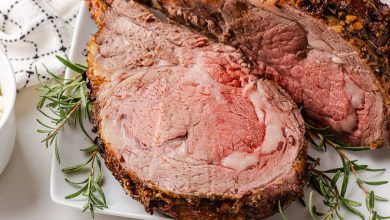Household Shortening (Partially Hydrogenated Soybean-Cottonseed Oil)
Description:
Household shortening is a popular ingredient commonly used in baking and frying. This version is a blend of partially hydrogenated soybean and cottonseed oils. It is often used to create a light and flaky texture in baked goods like pies, cakes, and cookies, as well as to add crispiness to fried foods.
Nutritional Information (per 100g):
| Nutrient | Amount |
|---|---|
| Energy | 884 kcal |
| Protein | 0.0 g |
| Total Fat | 100.0 g |
| Saturated Fats | 25.0 g |
| Carbohydrates | 0.0 g |
| Dietary Fiber | 0.0 g |
| Sugars | 0.0 g |
| Calcium | 0.0 mg |
| Iron | 0.0 mg |
| Magnesium | 0.0 mg |
| Phosphorus | 0.0 mg |
| Potassium | 0.0 mg |
| Sodium | 0.0 mg |
| Zinc | 0.0 mg |
| Copper | 0.0 mcg |
| Manganese | 0.0 mg |
| Selenium | 0.0 mcg |
| Vitamin C | 0.0 mg |
| Thiamin | 0.0 mg |
| Riboflavin | 0.0 mg |
| Niacin | 0.0 mg |
| Vitamin B6 | 0.0 mg |
| Folate | 0.0 mcg |
| Vitamin B12 | 0.0 mcg |
| Vitamin A | 0.0 mcg |
| Vitamin E | 6.13 mg |
| Vitamin D2 | 0.0 mcg |
Allergen Information:
Contains soybean oil. Not suitable for individuals with soy allergies.
Dietary Preferences:
This ingredient is not suitable for vegan diets due to its processing. It also contains high amounts of saturated fats, so it may not be ideal for individuals following low-fat or heart-healthy diets. Always check for possible inclusion of trans fats, which are common in partially hydrogenated oils.
Usage Advice:
While household shortening is great for achieving texture in baking, it should be used sparingly due to its high fat content. Opt for alternatives like unsaturated oils if you’re looking to reduce saturated fat intake. If you’re preparing recipes for special dietary needs, consider plant-based or healthier fat alternatives.










